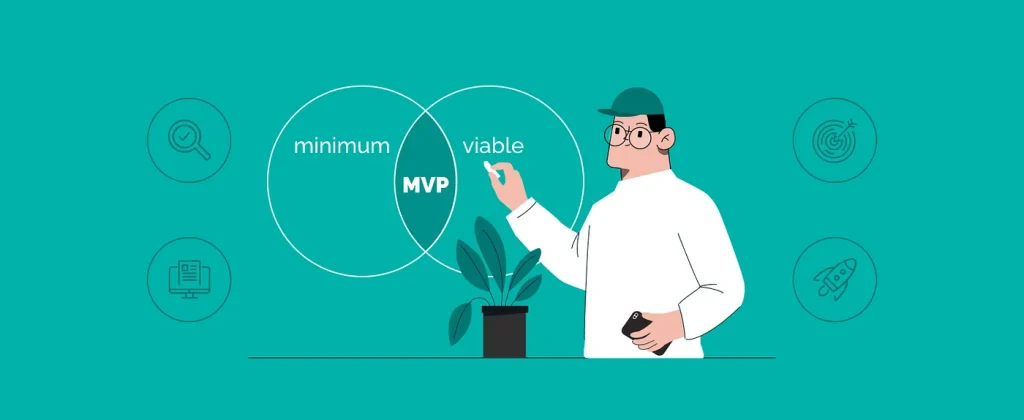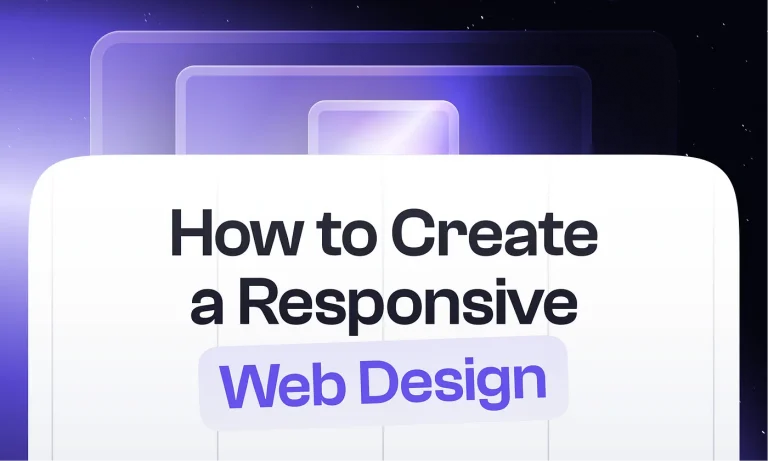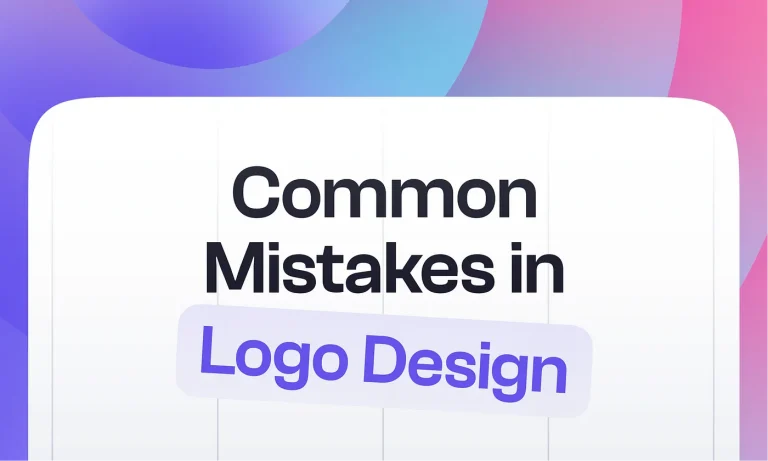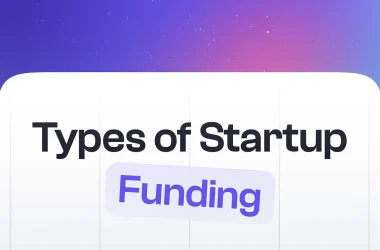As a part of the SaaS startup, we understand the challenges of building a successful MVP. That’s the first step towards creating a thriving product. In this article, we’ll share our experience building our own SaaS MVP and the stages we took to make it boom.
Step 1: Identifying the Problem

Before building an MVP, it’s important to identify the problem you are trying to solve. At Logolivery, we wanted to help startups create attractive logotypes and designs quickly & easily. We identified that many businesses struggle with making professional-looking designs and often resort to hiring expensive specialists or using complicated design software. The goal was to create a solution that would make it easy and affordable for businesses and startups to order incredible designs without a headache.
Step 2: Defining the MVP Features

Once you have identified the problem, it’s important to determine the MVP. It should have enough features to deal with but not so many that it becomes bloated and difficult to use. At Logolivery, we decided to focus on the core attributes that would help businesses create professional-looking logos swiftly and smoothly: different packages and design solutions, comfortable navigation system, vetted designers and so on.
Step 3: Creating a Prototype

Prototyping is essential before building the MVP. A prototype is a basic version of the product that allows you to test the core features and get feedback from potential customers. At Logolivery, we shared the prototype version with potential customers and got valuable opinions on the user interface and design elements.
Step 4: Building the MVP

Building the MVP comes after validating the idea and collecting feedback. At Logolivery, we used agile development methodology to make our version of it. The team started with a basic version of the product and added features iteratively based on customer feedback and new ideas. This approach allowed us to quickly respond to customer needs and make improvements.
Step 5: Testing and Iterating

The MVP needs to be tested and iterated after launching. At Logolivery, we conducted user testing and gathered responses from customers regularly. It helped us identify bugs, usability issues, and new features to add.
Step 6: Measuring and analyzing

After the MVP launch, its success needs to be measured and analyzed. At Logolivery, we used analytics tools to track user engagement, retention, and conversion rates. This data helped us identify areas where we needed to improve and make adjustments to the product.
In conclusion, building a successful SaaS MVP requires identifying the problem, defining the MVP features, creating a prototype, developing the MVP, testing & iterating and measuring its success. We hope that our experience will be helpful to others who are looking to build their own SaaS MVP. Stay tuned for new articles, guys!








